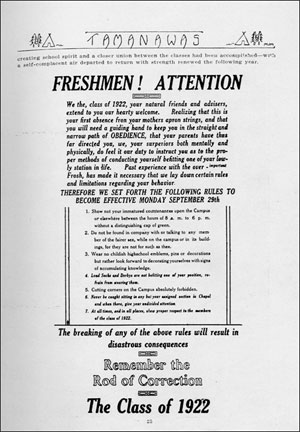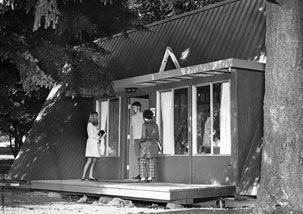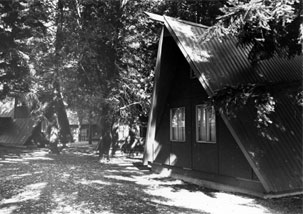-
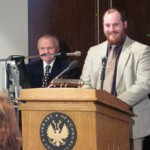
-
Andrew Fink awarded in Washington D.C.
-
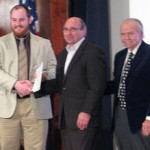
-
Andrew Fink awarded in Washington D.C.
-
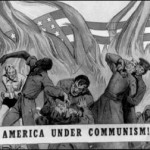
-
Comic book cover: Is This Tomorrow (detail). Catechetical Guild, 1947.
Andrew Fink ’10 will be awarded first prize in the 2010 National Collegiate Book Collecting Contest at a ceremony and dinner at the Library of Congress in Washington, D.C., on Oct. 15. Fink was selected for the top prize, ahead of 28 other entrants, for his collection of propaganda, which he described in his submission An Interdisciplinary Survey of 20th Century Propaganda.
Fink, who majored in philosophy, will receive a prize of $2,500 and a further $1,000 will go to Puget Sound’s Collins Memorial Library for the purpose of promoting future book collecting contests. Fink’s entry into the prestigious national contest was made possible by his initial win in Collins Library’s own contest, sponsored by the Book Club of Washington.
Fink says he cannot pinpoint just when he began collecting, but the first book he read was George Orwell’s Animal Farm. “Around that time, I also became interested in religious propaganda, particularly religious tracts that strange old men would hand out on the sidewalk at the edge of the school grounds,” he wrote in a summary of his experience. “I had no real interest in believing what they said; mostly I wanted to critique their arguments.”
From there his reading spread to communist propaganda from the Cold War and social psychology. “Used book stores were a favorite hangout of mine, because usually buried somewhere between two mundane tomes there was a strange, little pamphlet hawking some strange ideology,” he wrote.”There was a certain amazement that came with these findings—amazement at what people can say in books, which people readily believe if it is written with the least bit of authority.”
That amazement later turned to worry, and in college he began to research the connection between political thought and language, gathering more books as he went. He also continued collecting propaganda in all formats, “even ripping posters off walls and picking up books I happened across in the restroom.” Fink’s collection, focusing on political language and political theory, includes books from literary fiction, pamphlets, art books, books on philosophy, and newspaper articles.
The contest was organized by the Antiquarian Booksellers’ Association of America, the Fellowship of American Bibliophilic Societies, the Center for the Book, and the Rare Books and Special Collections Division of the Library of Congress, with support from the Jay I. Kislak Foundation.
*Read Collins Book Collecting Contest (see links to Winners pages!)
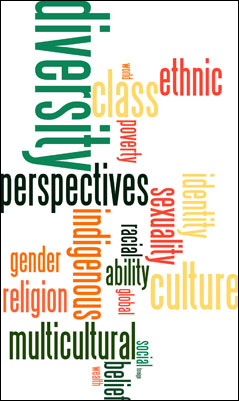 To support the 2010 Race & Pedagogy National Conference, Collins Library is showcasing online, full-text resources you can use to explore all kinds of issues related to diversity.
To support the 2010 Race & Pedagogy National Conference, Collins Library is showcasing online, full-text resources you can use to explore all kinds of issues related to diversity.
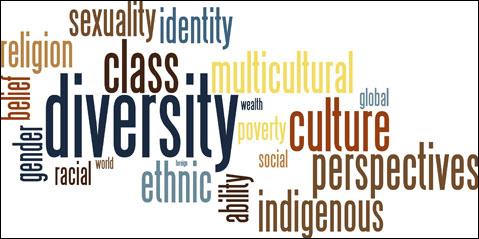 To support the 2010 Race & Pedagogy National Conference, Collins Library is showcasing online, full-text resources you can use to explore all kinds of issues related to diversity. Today, we’re highlighting resources for researching people and personal narratives:
To support the 2010 Race & Pedagogy National Conference, Collins Library is showcasing online, full-text resources you can use to explore all kinds of issues related to diversity. Today, we’re highlighting resources for researching people and personal narratives: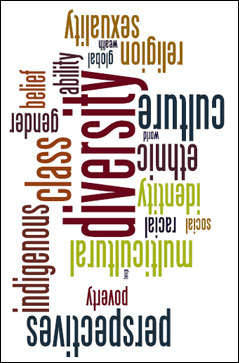
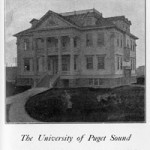
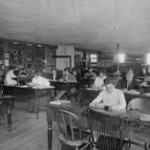
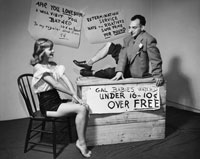 Did you know… Puget sound used to celebrate Sadie Hawkins Day every year. Created by cartoonist Al Capp, the day made its debut in his Lil Abner strip on November 15, 1937. By 1939, over 200 colleges were holding Sadie Hawkins Day events. Puget Sound students put together skits, dressing up as characters from the strip, like Daisy May (on the left).
Did you know… Puget sound used to celebrate Sadie Hawkins Day every year. Created by cartoonist Al Capp, the day made its debut in his Lil Abner strip on November 15, 1937. By 1939, over 200 colleges were holding Sadie Hawkins Day events. Puget Sound students put together skits, dressing up as characters from the strip, like Daisy May (on the left).


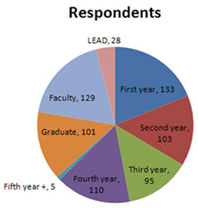 704 respondents completed the survey with 36% response rate.
704 respondents completed the survey with 36% response rate.


